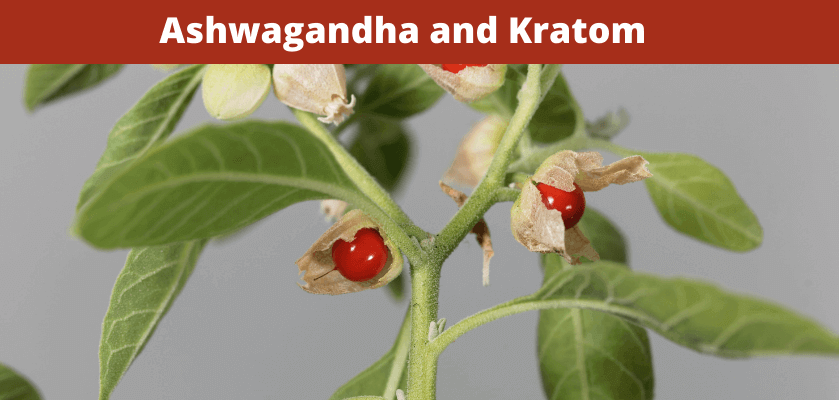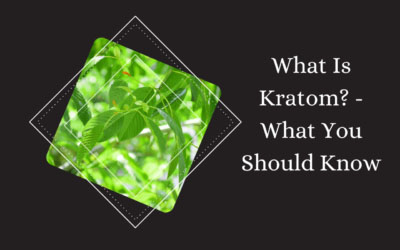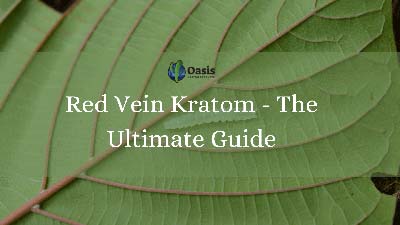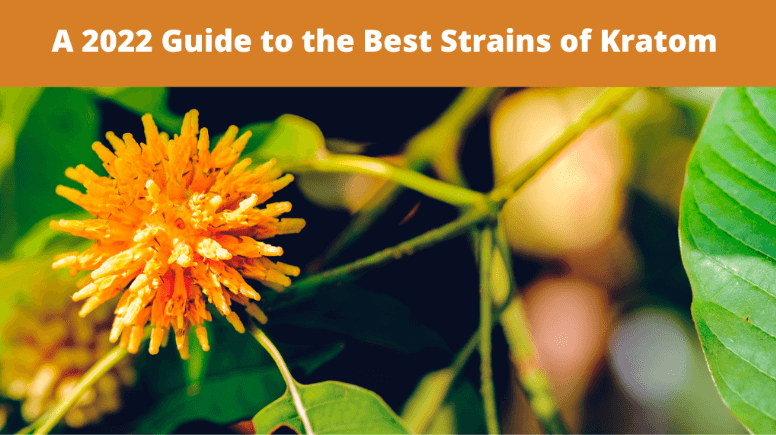If you’ve heard of kratom, chances are you’ve heard of Ashwagandha too. After all, both Ashwagandha and kratom are often found together in tobacco shops, smoke shops, or any of the places you may normally purchase kratom.
While these botanicals may run the same circles, they have completely different alkaloid profiles – and their differences don’t stop there. This guide will help you get a better understanding of each.
Kratom: What Is It?
Kratom is made from the leaves of the Mitragyna speciosa tree that grows naturally in Southeast Asia. In that part of the world, it has been a centerpiece of life for centuries, and now strains with their own unique alkaloid profiles and harvesting processes can be found across the region, from Thailand to Myanmar to Indonesia.
The Mitragyna speciosa tree is a member of the coffee family. This helps to create the unique collection of alkaloids the plant is famous for, specifically 7-hydroxymitragynine and Mitragynine. These two main alkaloids are what make kratom so revered, but also what limit the places in which you can legally purchase it.
Kratom leaves are harvested and often dried in the sun, then ground into a fine powder.
Ashwagandha: What Is It?
Ashwagandha is a shrub with red berries, a member of the evergreen family and most commonly referred to as a “winter cherry” shrub that grows in India, some parts of the Middle East, and Africa. It has extensive, tuberous roots that are harvested in the wintertime and then dried before being ground into a delicate powder.
The root of this plant has been used for centuries in important ceremonies and as a part of daily life. You may also hear it referred to as “Indian ginseng” due to the role it played in that part of the world, similar to the role of ginseng in Chinese culture.
Ashwagandha has active phytochemicals that are referred to as adaptogens. This adaptogen profile mixed with the alkaloids isopelletierine, cusoeohygrine, and anaferine is what makes Ashwagandha different from kratom but no less special.
Types of Kratom and Ashwagandha
One of the similarities between ashwagandha and kratom is that you can find many different types.
Kratom is complex, as it is grown in many different regions that all contribute to its alkaloid profile in different ways. Beyond that, the time at which the kratom leaves are harvested also has an impact on the alkaloids and how robust they are. That’s why you can generally find three different colors of kratom, which are:
- White – White-veined kratom has had the leaves harvested when they are very young in the life cycle, which means the delicate alkaloids have had less time to develop.
- Green – Many people love green-veined kratom because it’s a good balance between the alkaloid profile of white-veined kratom and red-veined kratom. It has had its leaves harvested in the middle of its lifecycle, so the alkaloids are about halfway to full maturity.
- Red – Red-veined kratom has a very robust alkaloid profile because its leaves have been harvested at the peak of maturity, allowing the alkaloids plenty of time to develop fully.
On top of the different colors, kratom also is named in most cases from the region where it was grown. The different climate and soil conditions account for the differences in kratom from the different regions.
Ashwagandha, on the other hand, is grown in the more temperate climates of India, Africa, and the Middle East. As previously mentioned, the roots are what are harvested and dried to make the powder. However, some forms of ashwagandha are made from both the dried roots and the leaves, which makes for a different alkaloid profile.
There are not as many different types of ashwagandha as there is kratom to choose from and fewer differences in profiles between the types that are available when compared to kratom.
What About the Legalities?
In the United States, ashwagandha is sold as a supplement and can be found just about anywhere – so it’s readily available no matter where you may live. This differs from kratom, which has a little bit more of a complicated legal situation.
While kratom is federally legal in the United States, it may not be legal in every city or state. Some states such as Indiana and Vermont have made kratom illegal to possess and buy. It is also illegal in some countries in the world, including Thailand. The alkaloids in kratom are what make kratom illegal in these areas. That’s why it’s always important to understand your local laws before attempting to purchase kratom online or in person.
Buying Ashwagandha and Kratom
You can buy both ashwagandha and kratom in person or online where it is legal to do so. Many online vendors carry both of these products and many kratom enthusiasts are learning how valuable ashwagandha can be – and the same can be said for those who love ashwagandha and have only recently discovered the world of kratom.
Ashwagandha is available in powder form but also can be found in tinctures, capsules, and elixirs, though capsules and pills are the most common way you’ll find it. Kratom is much the same. It can be found in capsules and powders or even in liquids and extracts. You can find many kratom options at Oasis Kratom that fit your lifestyle.
As you can see, while ashwagandha and kratom have a lot in common, they are still completely different things. Their distinctive alkaloid profiles are what has created such a fan base, something that is not likely to go away anytime soon for either botanical.





 7 Best Shops To Buy Kratom In Fort Worth – 2024 Update
7 Best Shops To Buy Kratom In Fort Worth – 2024 Update
 Kratom and Delta 8: What You Need to Know
Kratom and Delta 8: What You Need to Know


